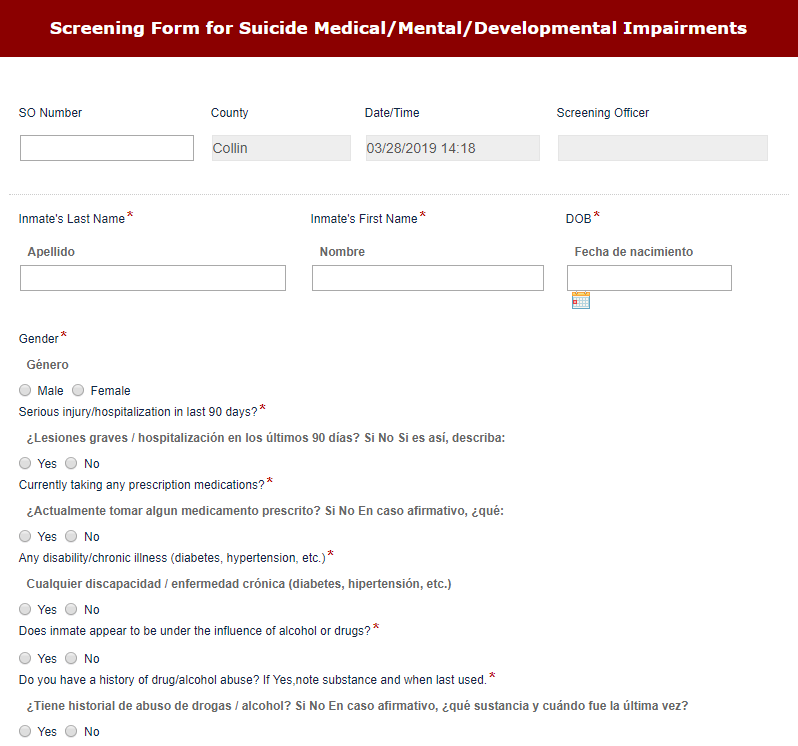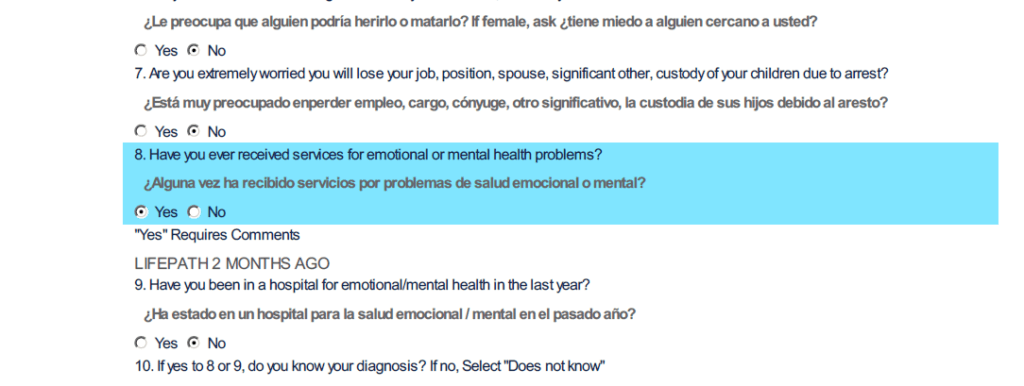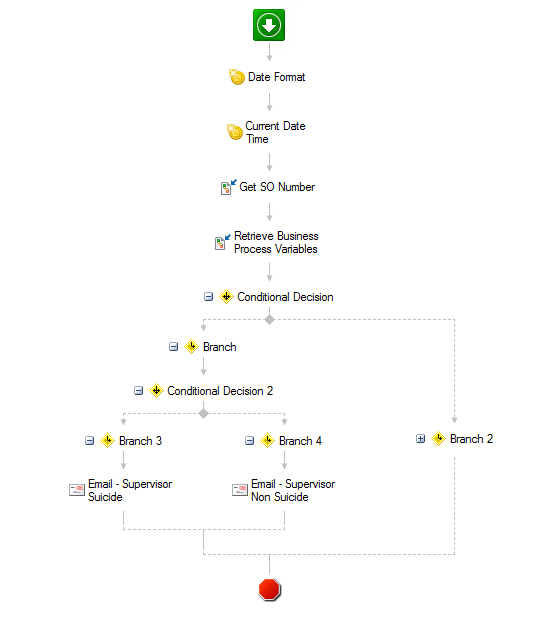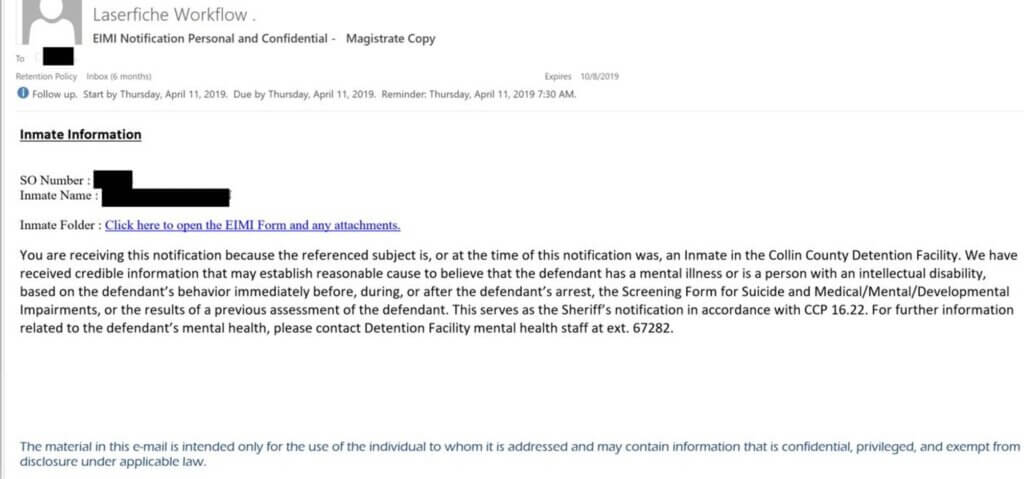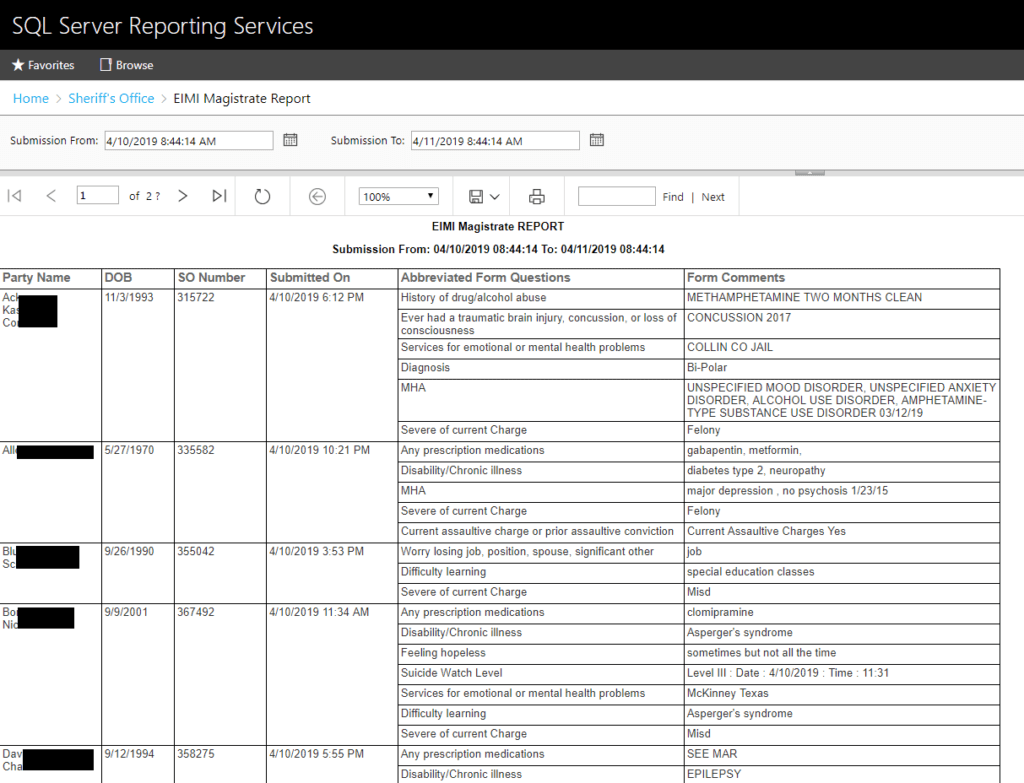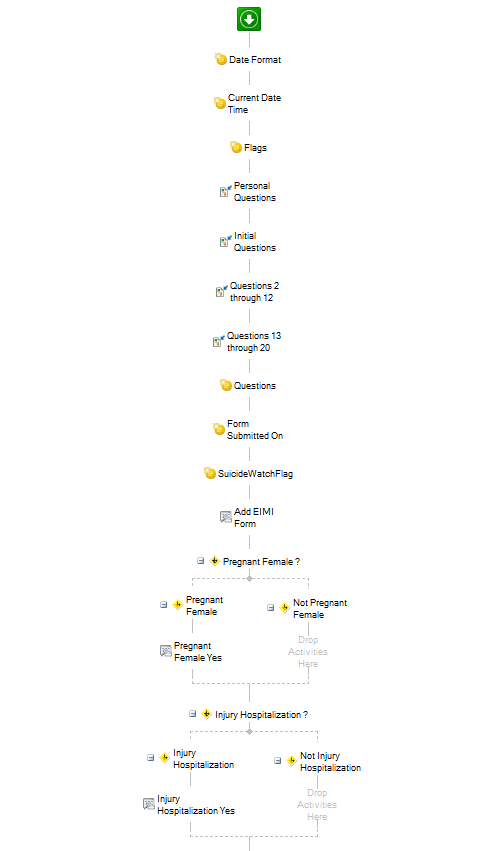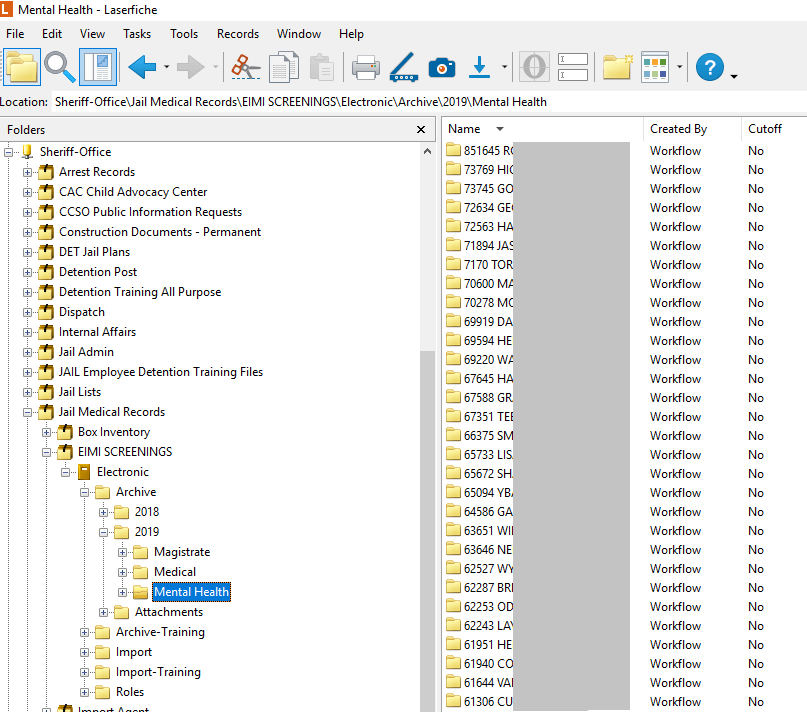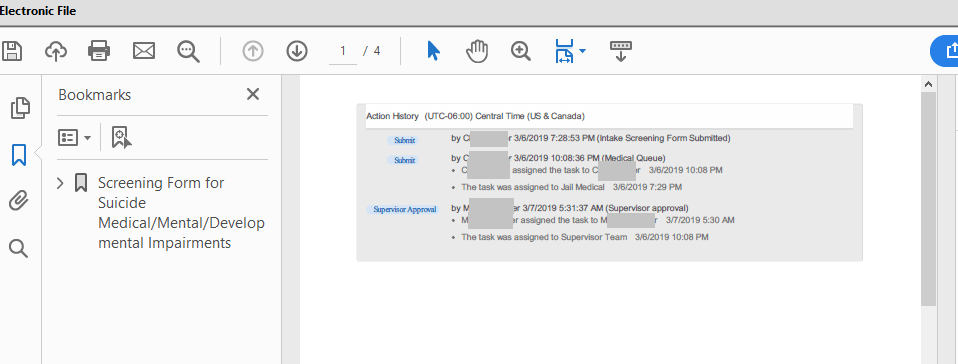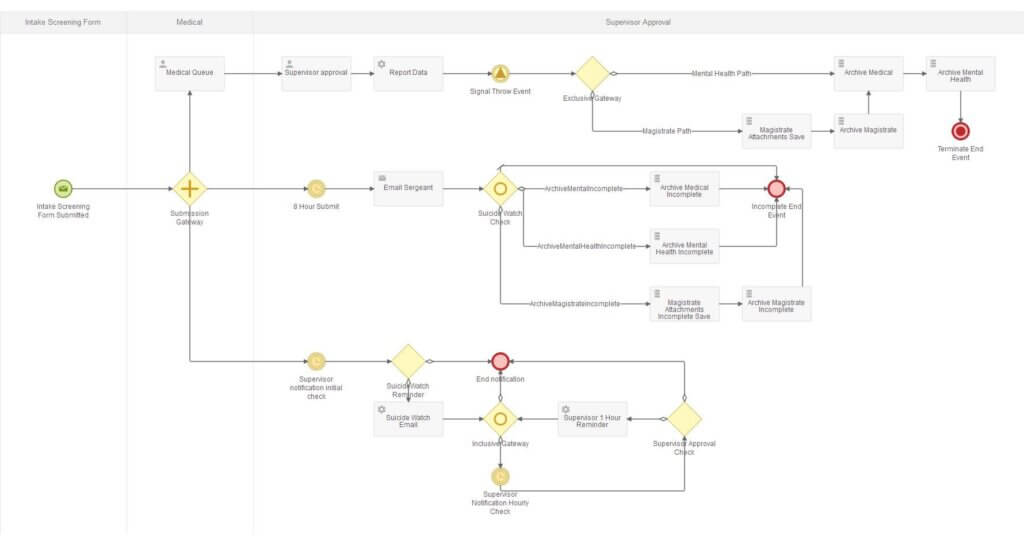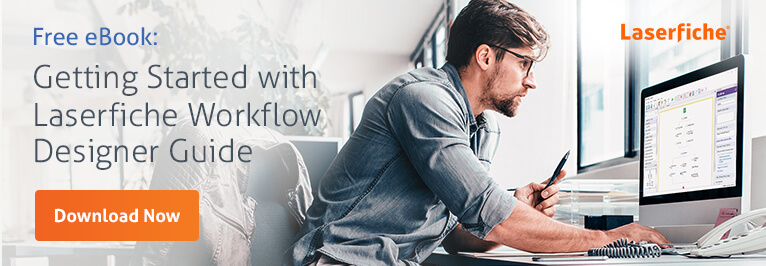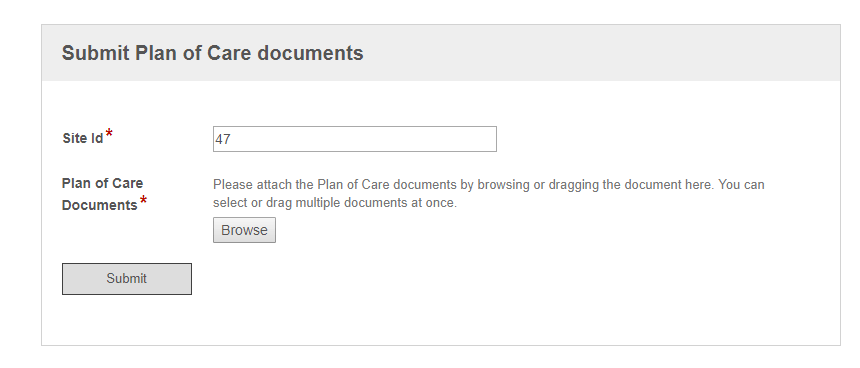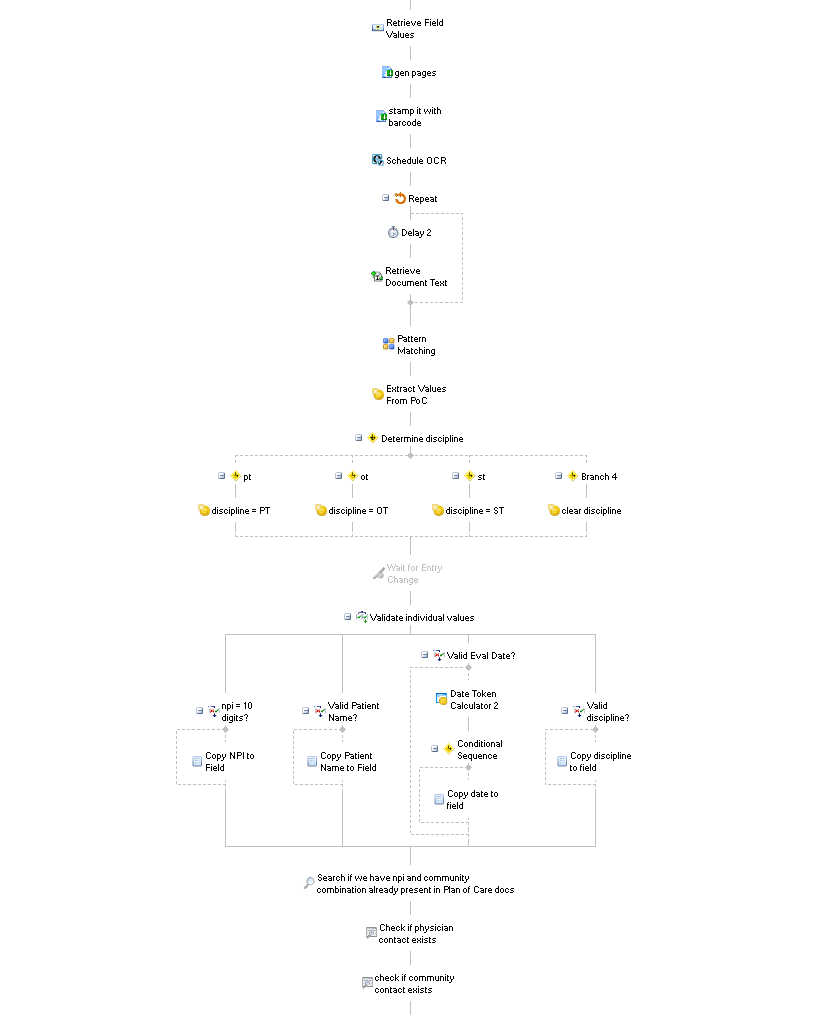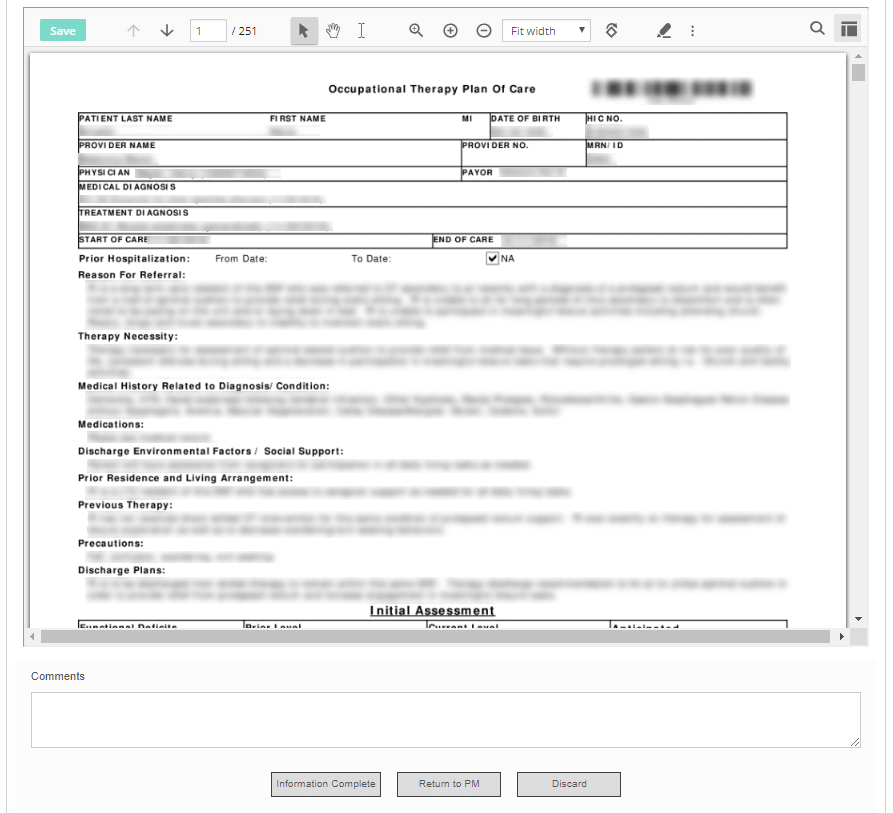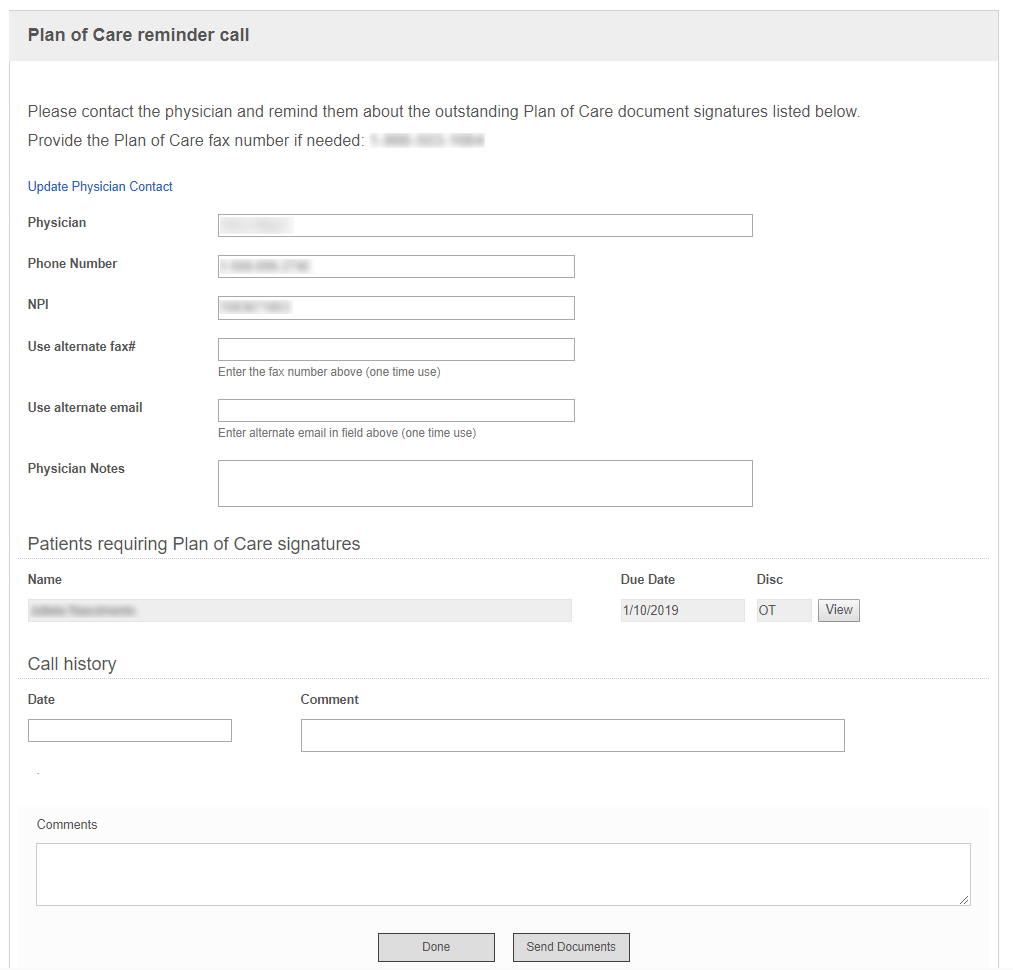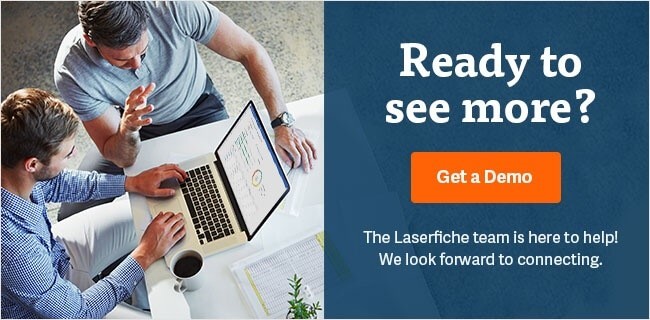Symbria—a leading provider of rehabilitation, wellness and pharmacy programs and services for senior living and post-acute care providers—recently reinvented the way it manages plan of care documents for patients. By using Laserfiche to digitally transform the process, Symbria eliminated repetitive, manual tasks once required of managerial therapists, creating more time for them to focus on providing the best possible patient care. The new, automated process is also scalable, a priority for the company which expects continued growth in the coming years.
Moving Away from Manual Inefficiencies
As part of its comprehensive programming, Symbria provides services to partners in various settings including skilled nursing, assisted living, independent living, outpatient and home health facilities.
Symbria’s rehab program managers—managerial therapists at these facilities—are required to have “plan of care” documents signed by patients’ physicians. Like prescriptions, these documents prescribe occupational therapy rather than medications.
Initially, Symbria was using a manual process to obtain physicians’ signatures. Once a patient was evaluated, the rehab program manager would generate the plan of care document, which must be signed by a physician within 30 days of the evaluation in order to receive reimbursement for services and avoid denials.
Symbria staff would subsequently use implemented therapy software to print the plan of care form. The document would have to be physically carried to the physician within the building, or the rehab program manager would have to search for a fax number online in order to obtain the signature.
After finally receiving the signature, the rehab program manager would scan the paper form and upload it back to the therapy software to be attached to the patient’s file. Additionally, he or she many times would have to email the document or physically carry it to the medical records department at the facility, since a copy was required there as well. The process was time-consuming, particularly for the rehab program manager, who could spend considerable time locating the physician, reminding his/her office repeatedly to sign the form, and more.
“Our old process was completely manual and exceedingly costly to administer,” said Mark Candiotti, national director-operations liaison at Symbria. “It’s a huge burden on our rehab program managers that detracts from their primary job.” Beyond simply being a headache, the process took time from therapists’ primary focus: providing therapy to patients.
Seamless Digital Tools
The Symbria team worked with Laserfiche solution provider Proven IT to implement Laserfiche and automate the plan of care process, eliminating almost all of the manual tasks associated with it for managerial therapists. Today, the rehab program manager generates the plan of care digitally, uploading it to Symbria’s corporate office using a Laserfiche Form. The electronic form is automatically read for the physician’s registration number and other vital information, so the document can be identified and disseminated with minimal human intervention.
The plan of care form also includes a barcode, so once the physician signs it and sends it back digitally, Symbria can quickly correlate it to the appropriate patient. A Symbria data entry staff member verifies the signature and date on the document, then uploads the signed document to the therapy software—essentially removing the rehab program manager from the process. Simultaneously, the document is digitally sent to the medical records department.
The therapist’s role during the process is solely to generate the plan of care form and upload it.
“Our teams has been extremely receptive to the new process since making the switch,” added Candiotti. “We’ve really freed up the rehab program managers so they are really embracing the change. As we continue to use this process and automate more, the expected ROI is high and we expect scalability, which is important to us.”
The new process has already resulted in impressive time savings for Symbria. Since implementing the new automated process, individual rehab program managers save approximately two to five hours each week. With Symbria servicing over 150 clients, this increased efficiency has been significant for the entire organization.
Additionally, Symbria has automated key HR and accounts payable processes. The new optimized, digital processes support the organization’s aim to surround clients and partners with the creative, future-focused solutions they need to thrive in a fast-changing healthcare landscape.
“Digital transformation is a priority for Symbria,” said Hien Do, software development manager at Symbria. “For any company of our size, you’ll have a lot of legacy systems, and all of these efficiency gains through technology, such as Laserfiche, are what we’re pushing toward. We continue to challenge our employees to help us automate any processes they have in mind.”
To learn more about how process automation can support healthcare staff working on the front lines of patient care while supporting compliance and patient confidentiality, visit the Laserfiche Healthcare Solutions page.
